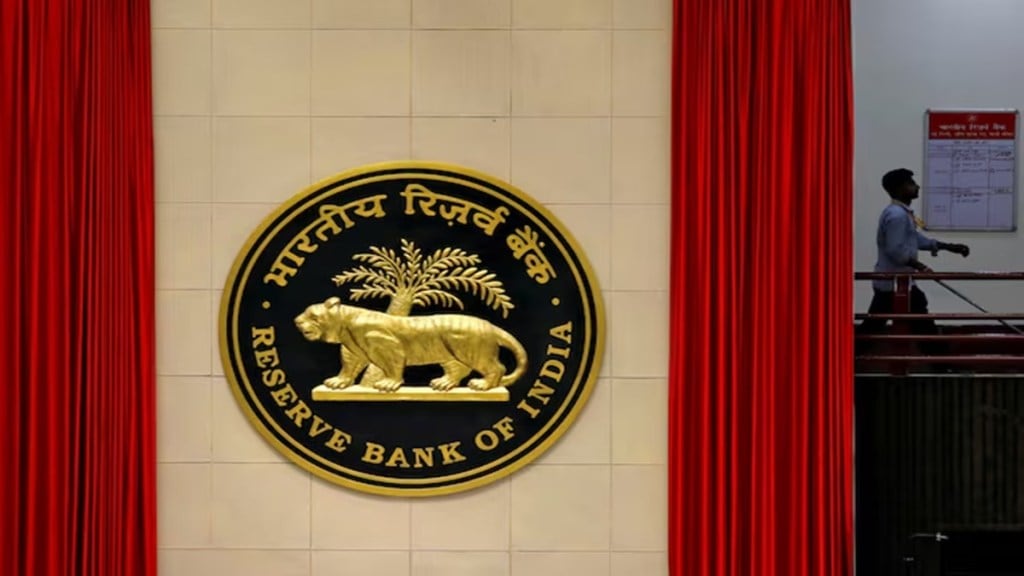By Anubhuti Sahay
The run-up to the August Monetary Policy Committee (MPC) meeting following the June decision has been interesting. Expectations around this week’s repo rate decision have swung from “a foregone hold” to “a close call” (between a cut and a hold) and are now back to “mostly a hold decision”.
Three events have defined the twists and turns in expectations around August’s decision. First, when the MPC front-loaded its rate action in early June, it indicated limited room to ease going forward. Thus, back then, the August 4-6 decision was seen as an “inevitable hold”, especially as 100 basis points (bps) of rate cuts had already been delivered over five months.
Then came the positive headline inflation surprise. The first quarter of FY26 (which ended in June) saw a consumer price index (CPI) of almost c.100 bps, lower than most forecasts—the MPC had forecast Q1 CPI at 2.9%, while a survey of professional forecasters put it at 3.3%. Even the forward-looking trajectory for the second and third quarters seems favourable; most forecasts (including ours) have been lowered by c. 50-100 bps. It is expected that CPI will stay below 3% through the end of December, and the MPC will revise its FY26 CPI forecast to 3% from 3.7%.
Such sharp downward inflation revisions usually provide room for rate cuts, especially if risks related to economic activity and inflation are asymmetrical. Currently, upside risks to inflation are seen as limited while downside risks to growth are higher amid external-sector uncertainty. As elevated real rates of more than 200 bps since the fourth quarter of FY25 could impinge on growth, the clamour for rate cuts has increased since the mid-June/July inflation release.
MPC cautious despite easing inflation
However, Reserve Bank of India Governor Sanjay Malhotra’s media interactions have dampened such expectations (the third event). He has reiterated that forward-looking data for the next six-12 months is more important than past prints (these statements were also part of the June MPC but markets need a reminder); and the bar to cut rates is higher given the switch to a neutral stance in June. This has curbed rate-cut expectations.
What can be expected from the August policy meeting? The repo rate can be expected to be held at 5.5% at the August meeting and for the remainder of FY26.
This view is premised on expectations of the real rates trajectory over the next 12-18 months rather than just the next six months. It can be acknowledged that real rates (based on repo rate less actual inflation) have been above 200 bps since the last quarter of FY25. In fact, they are likely to remain even higher until the end of this calendar year. However, they could correct lower to c. 100 bps starting the last quarter of this financial year as inflation rises towards 4.5% from below 3%.
Some negative impact on growth cannot be ruled out following almost a year of elevated real rates. However, it is unlikely to be as severe as the pre-pandemic period. Back then (mid-2014 to 2019), real rates were more than 200 bps for a prolonged period amid neutral-to-tight banking system liquidity. In contrast, they averaged 150 bps—the RBI’s preferred mid-point—between December 2022 and June 2025.
Growth risks persist but transmission still underway
Additionally, growth headwinds from policy reforms are not present this time. Lastly, the transmission of 2025 rate cuts amid ample liquidity is ongoing (almost half are yet to be passed on). Thus, a short-lived increase in real rates is unlikely to be significantly negative for economic activity.
Barring the Covid-19 years, real rates have stayed above 1%; declines below 1% have not lasted more than a quarter. Thus, any rate cuts delivered now could raise the risks of real rates staying below 1% for most of FY27; the MPC is unlikely to favour such a scenario for a prolonged period.
If the MPC tries to correct low real rates in FY27 by raising policy rates, it could hamper monetary policy transmission. Standard Chartered’s analysis shows that monetary policy transmission usually takes more than a year. A 100% transmission of rate changes on all loans (outstanding and fresh) is not a given, even if rates are held amid required liquidity levels. In fact, transmission is sensitive if lenders/markets see a quick reversal in the cycle. As the current easing cycle began in February, it would be prudent to await its full transmission. Once the MPC is convinced that FY27 inflation will stay close to 4% and/or it sees increased downside risks to growth, a cut can be considered.
Can the wait adversely impact growth? As noted above, it must be acknowledged that elevated real rates pose downside risks to FY26 growth forecasts; the consensus is c. 6.5%, we are at 6.6%. The recent 25% tariffs announced by the US along with an unspecified penalty for purchases from Russia adds to growth risk. However, the MPC can be expected to await more clarity on the ongoing negotiations before reacting based on limited details.
The recent strengthening of the dollar is also likely to be a consideration, though on the sidelines. The first half of 2025 allowed most of the emerging central banks to cut rates as the dollar weakened by c. 10%. While a repeat of similar-paced dollar weakness is highly improbable in the second half, the risks of consolidation or some more strengthening cannot be ruled out in case the Fed’s delivery of rate cuts is slower than market expectations. The corresponding impact on emerging market currencies and inflation thus needs to be monitored too.
Hence, until more clarity on these issues emerges, a wait-and-watch mode is more desirable.
The writer is Head-India, Economics Research, Standard Chartered Bank.
Disclaimer: Views expressed are personal and do not reflect the official position or policy of FinancialExpress.com. Reproducing this content without permission is prohibited.

